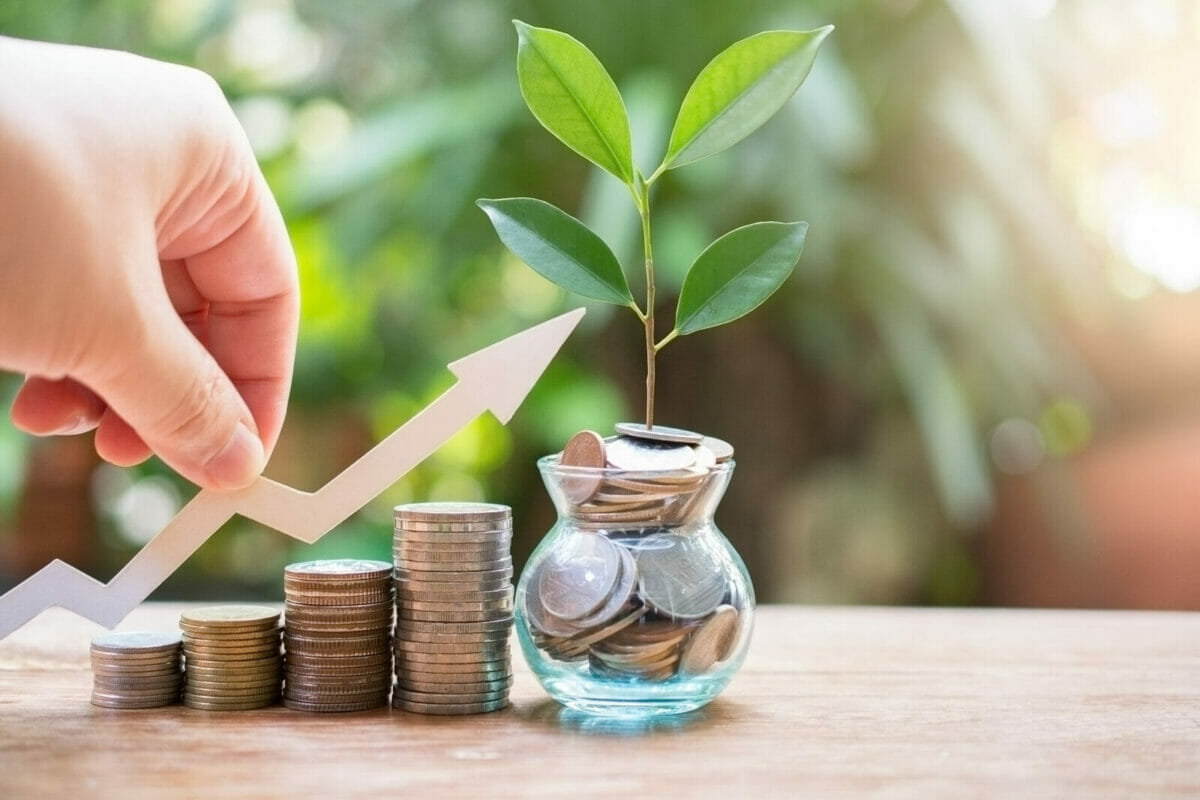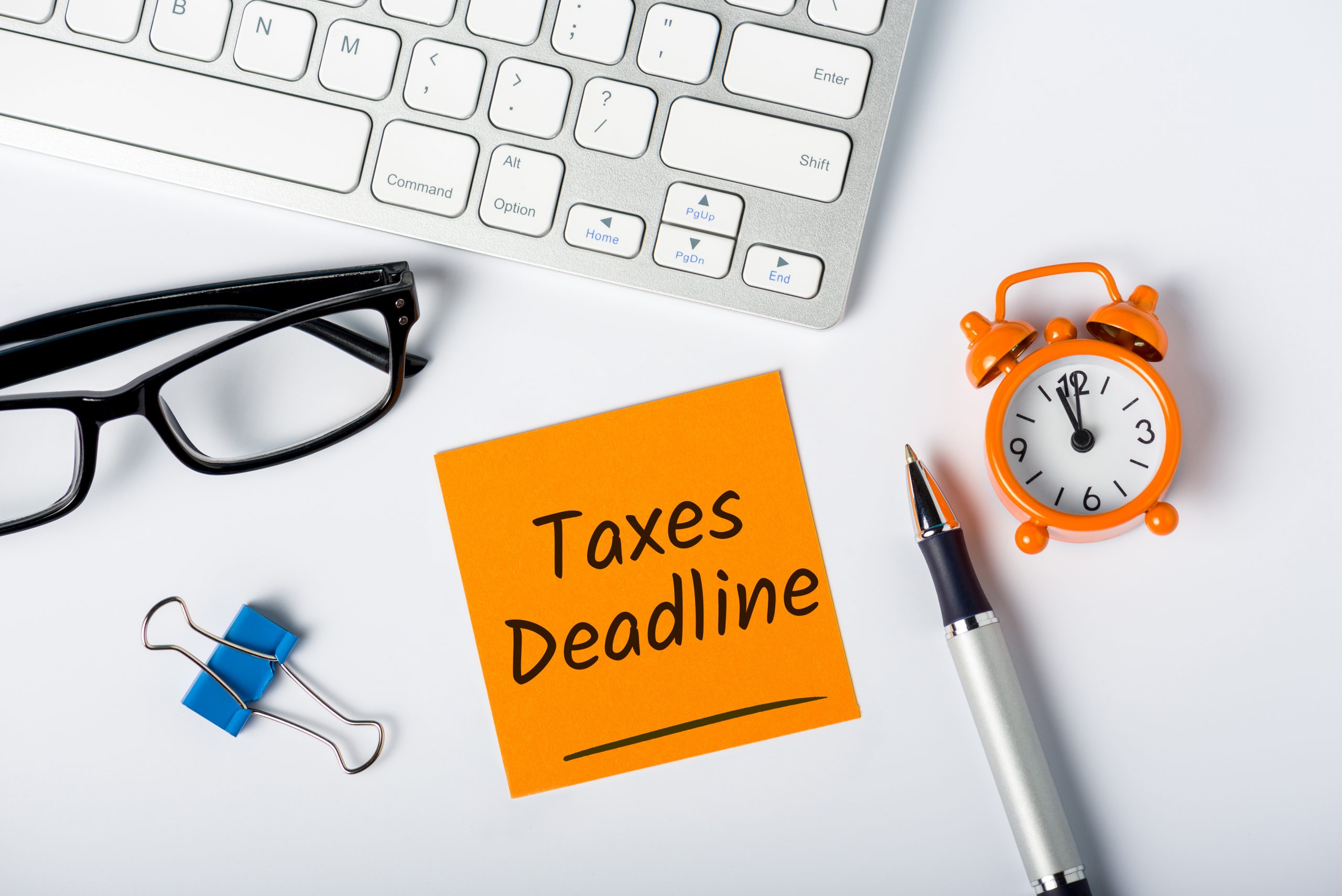AJ Bell press comment – 29 June 2023
- The Government is expected to take £6.6bn in tax on savings in 2023-24
- Dividend tax take increases by almost £2bn to £17.6bn as tax-free allowances are slashed
- Rising tax take comes through frozen tax thresholds, dividend allowance cuts and lowering the additional rate tax threshold
- Treasury nets almost £5bn in additional taxes on cash and dividends in 23/24 as the impact of stealth taxes is laid bare
Laura Suter, head of personal finance at AJ Bell, comments on the latest figures on the tax on savings interest and dividend income:
“The Government is the biggest winner from the increase in savings rates, as it is estimated to net £6.6bn in tax from savers this year, even as households are seeing their savings shrink in real terms. The Government took £3.4bn in tax on savings interest in 2022-23 but thanks to rising rates and frozen thresholds that is expected to leap by more than £3bn in the 2023-24 tax year, a whopping 91% increase in the tax haul in just a single year. While the Bank of England is handing savers a boost through higher interest rates, the taxman is dipping its hand into their back pocket and nabbing a chunk of the spoils.
“This is stealth tax on steroids, as people are facing not only more tax on their main income as a result of income tax bands being frozen, but they are also being hit with tax on their savings too as they are nudged into the next tax bracket and see their tax-free Personal Savings Allowance cut in half, or lost altogether if they find themselves in the additional rate tax bracket.
“Higher earners are hit the hardest in the current year. The threshold for the 45% tax rate was lowered from £150,000 to £125,150, with another 300,000 more people now in the top tax bracket compared to last year. While basic-rate taxpayers get £1,000 of savings interest tax free and higher-rate taxpayers get £500, additional rate taxpayers get taxed on all their savings interest at 45%. In the current year the tax take from additional rate taxpayers is due to increase by 115% to £3.4bn – astonishingly that is equivalent to the entire tax take on savings from alltaxpayers last year. But no one is spared from the tax raid, as basic-rate taxpayers will be paying 79% more tax than last year, and higher-rate taxpayers will be paying 65% more tax on their savings.
“The Government is now in the contradictory position of encouraging people to have an emergency savings pot to buffer against financial hardship, but taxing them for having relatively modest pots set aside for a rainy-day. The big kicker for savers is that because inflation is so high, they aren’t even making a real return on their money – yet they are still being taxed on it.
“With cash interest rates now above 5% individuals with between £10,000 and £20,000 in cash can expect to pay tax on their savings interest. AJ Bell believes nobody should be punished for holding a rainy-day savings pot, and doubling the personal savings allowance to £2,000 and £1,000 would ensure households aren’t taxed on cash savings up to £20,000, at current rates.
“Many won’t be aware that they even owe tax on their savings until a brown letter lands on their doormat. Those filling out a self-assessment tax return will declare any savings interest, and subsequent tax due. But, for those taxed under PAYE, HMRC receives information from banks and building societies on the savings interest paid to each individual, from which they then calculate any tax due. It means many will find they are repaying the tax through their payslip each month, often before they’ve realised they owe any money to the taxman.
“After the introduction of the Personal Savings Allowance many savers shunned ISAs as they didn’t need their tax-free benefits, and often could get better rates in non-ISA accounts, but we’re now seeing people flock back to ISA accounts to save the taxman grabbing more of their money. Pensions can also be handy in reducing people’s tax bills too. If someone has just moved into the next tax bracket, they can make pension contributions to bring them under the tax band, meaning they benefit from a higher Personal Savings Allowance and so a lower tax bill.”
Cash interest tax bill more than doubles in some cases
Someone with earnings of £140,000, making them a higher rate taxpayer in 2022/23, is now paying tax at 45% thanks to the cut in the additional rate threshold to £125,140.
In addition to the increased tax on their earnings, they’ll also be paying more tax on cash savings interest.
If they have a rainy-day fund of £20,000 paying 5% interest then last year’s tax bill on the £1,000 of interest paid out would have been just £200. That’s because they benefited from the £500 personal allowance for higher rate taxpayers, and paid 40% tax on the remaining £500.
In the new 2023/24 tax year they face a tax bill of £450, more than double the amount they had to hand over under the pre-April 2023 system, even if we assume their earnings, cash savings rate and rainy-day fund remain exactly the same.
The individual is now an additional rate taxpayer meaning they lose the personal savings allowance altogether and have to pay tax at a marginal rate of 45%. As a result the full £1,000 of cash savings interest would be taxable at the 45% rate, meaning almost half their savings interest goes to the taxman.
| Year | Total income tax on savings |
| 2023/24 | £6.6bn |
| 2022/23 | £3.4bn |
| 2021/22 | £1.2bn |
| 2020/21 | £1.4bn |
| 2019/20 | £1.7bn |
| Source: HMRC/AJ Bell. | |
Dividend tax:
“The slashing of the tax-free dividend allowance has boosted the Government’s coffers as more people are dragged into paying the tax. The Government is expected to take £17.6bn from investors and company directors in the 2023-24 tax year – almost £2bn more than the previous year. What’s more, estimates for the amount the Government would take in dividend tax in 2022-23 have been increased, from £14.4bn to £15.8bn – providing an additional £1.4bn for the Government’s finances.
“The bulk of the increase this tax year comes from additional rate taxpayers, who are estimated to pay 23% more in dividend tax this year. The combination of the additional-rate threshold being lowered and the dividend tax allowance being cut means far more people are facing tax on their dividends at the highest rate of 39.35%
“Investors with significant assets outside ISAs and pensions have been hit by three factors in the past few years: a raising of dividend tax rates, a slashing of the tax-free allowance and changes to the additional rate threshold, all of which mean higher tax bills. On top of that every taxpayer has felt the squeeze from frozen income tax bands at a time when wages are growing, meaning more people will be pushed into the next tax bracket and pay a higher rate of tax on their dividends.
“This tax squeeze will continue next year when the tax-free allowance is cut again to £500, meaning even those getting very modest dividends will face a tax charge. An estimated 1.8 million more people will be caught in the dividend tax net in the next two years, according to HMRC figures released under a FOI request from AJ Bell. Around 635,000 more people will pay tax on dividends in the current tax year, and 1,115,000 additional individuals will be brought into paying dividend tax from April 2024. It’s not just the tax hit but the administrative burden too, as the sheer number of small shareholders who are going to be brought into paying dividend tax means that many will now be required to fill in a tax return for the first time.
“But investors are acting. We saw a surge in Bed and ISA transactions towards the end of the tax year in April and we expect that to continue this year, as more people shelter their money in tax-efficient accounts. On top of that more people will be transferring asset to a lower-tax-paying spouse or using pension contributions to drop to a lower income tax band.”
| Year | Total income tax on dividends |
| 2023/24 | £17.6bn |
| 2022/23 | £15.8bn |
| 2021/22 | £13.5bn |
| 2020/21 | £11.2bn |
| 2019/20 | £11.2bn |
| Source: HMRC/AJ Bell. | |

















